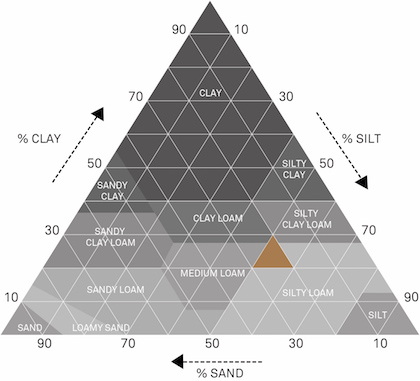2005
Turó d’en Mota
The 2005 vintage materialises the persistence of memory, recalling a year of timid rains, bold winter months, and incandescent summer skies—elements that shaped the Mediterranean character of a great wine for laying down.

2005 HARVEST
- Ideal ripening point and harvest: August 27th, 2005.
- Manual harvest.
- Annual production of the vineyard: 5.400 kg of grapes.
- 3.984 bottles, each one numbered.
METEOROLOGY
- Average temperature in 2004 – 2005 season: 15,6 ºC
- Historical average temperature: 15,4 ºC
- Rainfall from October 2004 to September 2005: 365 mm.
- Historical average rainfall in Sant Sadurní d’Anoia:: 527 mm.
AGEING
- Long ageing of a minimum of 120 months with natural cork stopper.
- Riddling by hand in traditional racks.
- Manual disgorging without freezing the neck of the bottle.
- Vinification, wine-making and ageing in Recaredo.
Presentation
Serve in a tall cup in the form of tulip, broad base and slightly closed upper part.
Conservation
Keep this bottle at 15ºC to ensure a good evolution.
Recommendations
To appreciate all the complexity, we recommend opening the bottle a few minutes before and serving it around 10ºC.

Location and geology of the wineyard
- The vineyard of Turó d’en Mota has 0.97 ha with north and northeast exposure. Only in the extraordinary harvests, such as 2006, is a part of the vineyard of 0.55 ha with Southeast exposure.
- Grounds of limestone texture (balance of sand, slime and clay) and very calcareous nature. They are treated with deep and well drained soils, with moderate water storage capacity.
- Soils very evolved due to the presence of a calcium horizon with important accumulations of carbonates in the form of nodules, that is, stones formed from concentrations of lime. They have an active limestone of 14%, which makes them extremely calcareous soils.
- Organic matter of 1.5% (very low) and soil pH of 8.5 (very basic)


